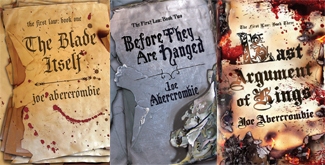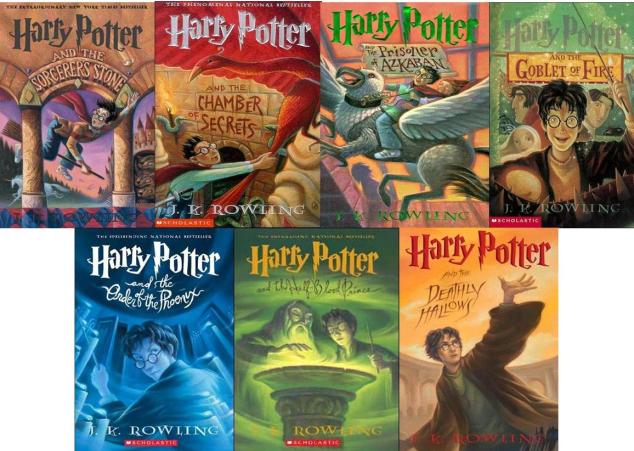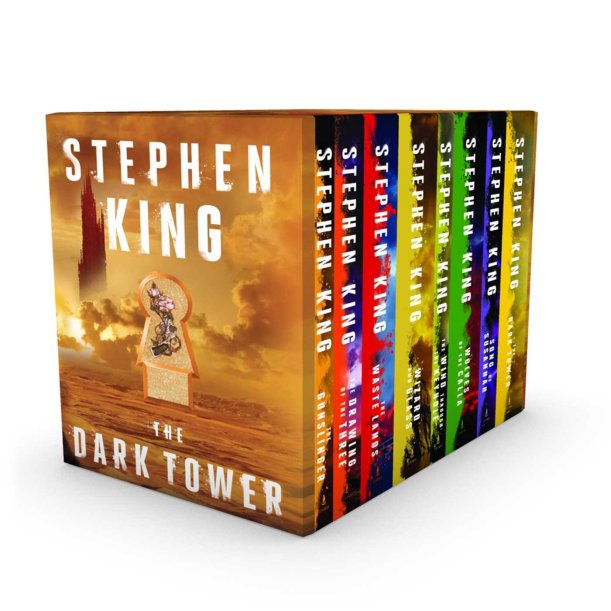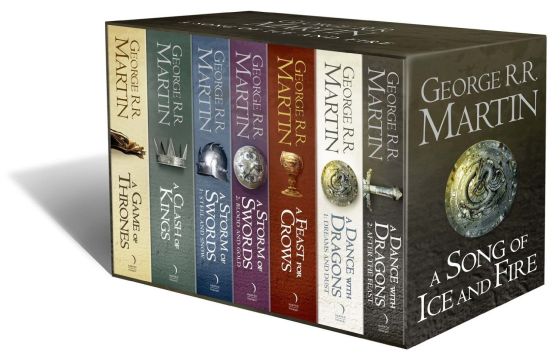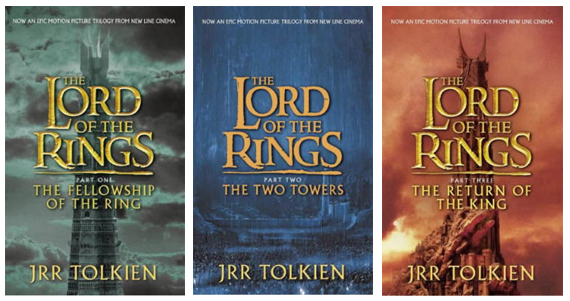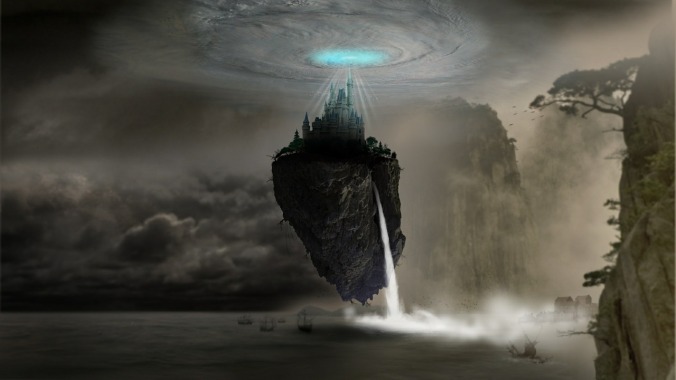Necromancy is generally frowned upon.
People freak out when the White Walkers do it. Sauron took the name “Necromancer” and that seemed to bother some folks. Dr. Frankenstein practiced the art, albeit a bit more scientifically. Even Jesus kind of did it, but he’s Jesus so it’s cool. Otherwise, most would probably tell you that the dead should stay dead.
But what about dead books? I mean those novels that we write, bury, and forget about, the ones that Stephen King calls “trunk novels.” Sometimes we think about them again. Sometimes not.
The question I’d like to answer is this: How can we bring a dead novel back to life? Bust out your Necronomicons, people. We’re about to do some work.
1. Ask Yourself: What has Changed?

A simple question, but a necessary one. What’s changed between now and the time you initially wrote your manuscript? Ostensibly, it must’ve been something big.
In my estimation, the best possible answer is that you’ve resolved a plotting issue that had previously held you back. Many novels sputter out and die simply because we can’t figure out what happens next. If we do so posthumously, that’s an excellent reason for a posthumous reexamination.
Alternatively, you might’ve decided that you’re better equipped to tell your story than when you first conceived of it. I’ll give you an example. Referring back to the aforementioned Stephen King (a fan of necromancy himself—cough, Pet Sematary, cough), he’s performed the art with many of his many books. For example, he first conceived of the novel 11/22/63 way back in 1971, even before his first novel was ever published. Yet he decided to bury the idea, resurrecting it only when he found time for the requisite research and developed the literary talent needed for such a book. Same goes for his novel Under the Dome; King first began writing it in 1972, yet let it die. It was reborn again in 1982, then died again. It was reborn a third time in 2009, and that turned out to be its final form.
2. Now Fix It
Now comes the hard part. As the necromancer, it’s your job to remedy the issue that killed your manuscript in the first place.
Sometimes this process comes easy. And since you already performed step one, you have a good idea what needs to change. Concentrate on fixing those elements so that your novel’s reincarnated form is better than its previous one. We want dung beetle to human, not dung beetle to worm.
During the editorial process, you might find that these fixes require huge edits. If you’re willing and able to do the work, this can payoff bigtime. For example, about three years ago I began a manuscript entitled Who the Hell is Julian Strange? May it rest in peace. It was a story about a rock and roll singer named Julian Strange who suddenly and spontaneously returns from death (a novel fitting for this blog post). Moreover, it was about the supporting characters whose lives were changed by this supernatural event. One such character was a self-pitying Los Angeles detective named Gerald Barkley. A man of no particular importance.
 Despite a promising beginning, Who the Hell is Julian Strange? died a few months into its life. The characters felt uneven and the plot didn’t seem right. Ultimately, the manuscript itself wasn’t ready for life.
Despite a promising beginning, Who the Hell is Julian Strange? died a few months into its life. The characters felt uneven and the plot didn’t seem right. Ultimately, the manuscript itself wasn’t ready for life.
Years later, while searching for something to submit to my writer’s group, I exhumed the corpse of Who the Hell is Julian Strange? Oddly enough, my interest was drawn not to the titular character, but instead to the self-pitying detective, Gerald Barkley. I wanted to know more about this guy. What happened in his life that made him so glum? And, I wondered, could he be redeemed?
The second-coming of my manuscript is entitled Gerald Barkley Rocks. It’s available on ebook, paperback, and hardcover now. Find your copy here.
Anyway, my point is this: let the necromantic process take you where it will. Once you’ve committed to reanimating the corpse of your manuscript, follow the new version wherever it leads you. You’ll find it takes you in all sorts of delightful and unexpected directions.
3. Finish It
I met a zombie once who told me this: “The only thing worse than dying once is dying twice.” The same goes for our manuscripts. Once we commit to necromancy, we should stick with it.
Why? The answer is simple enough. It takes time! You could easily spend that time on a new idea, one that smells better and has fewer maggots crawling all over it. So if you’ve chosen the dead manuscript over a living one, make that time worthwhile. Don’t let your dead ideas die again.
In Conclusion
In some worlds, reviving the dead might be frowned upon. But hey. We’re writers. It’s okay for us to do it, so long as we identify issues, fix them, and finish the process.
You’ve got the skills. Now go do some necromancy.
Kyle A. Massa is a speculative fiction author living somewhere in upstate New York with his wife and their two cats. He has written two books and numerous short stories, both published and yet-to-be published. He enjoys unusual narrative structures, multiple POVs, and stories about coffee.



